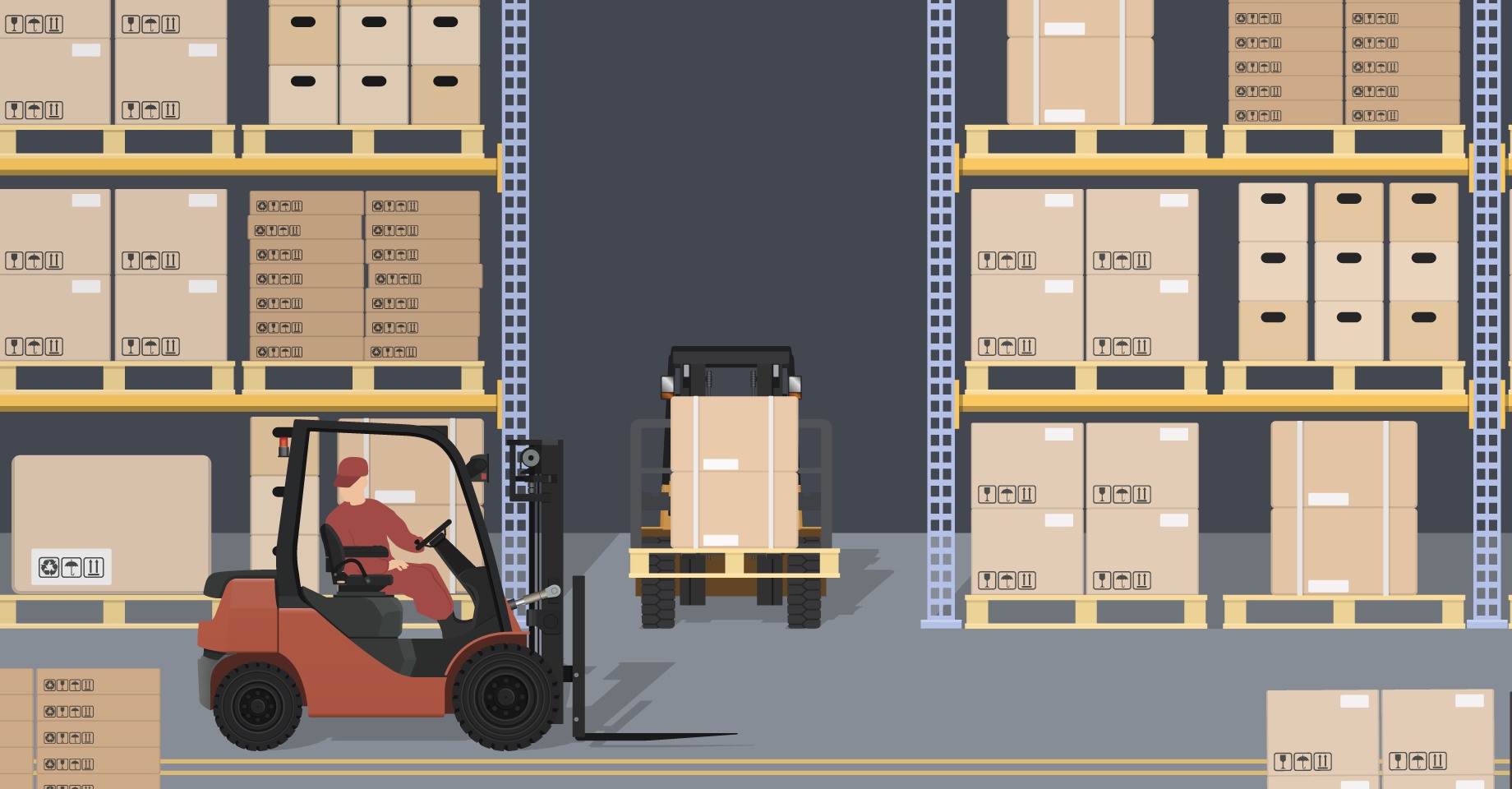The industrial real estate market has experienced explosive growth in recent years and emerged as a top asset class. Robust demand driven by the e-commerce boom and the need for distribution and logistics centers to support that expansion pushed the sector to new heights of purchasing and leasing activity. But mounting economic uncertainty took the wind out of the sector’s sails last as consumer demand plummeted.
As we enter 2023, the segment faces several new challenges threatening its growth and stability.
Increased Sublease Space Due to Oversupply
According to Globe St, the amount of industrial sublease space has increased by 46% from early 2022. Cushman & Wakefield explained that the expansion began in the middle of last. As fears of a recession manifested, people stopped making as many online purchases as they did at the height of the pandemic. Consequently, many retailers found themselves with excess warehouse inventory.
Amazon led the pack, rushing to sublease 10 million square feet of industrial real estate last spring amid a massive ordering downturn.
Because of Amazon’s massive presence in the sector, its shrinking footprint has put downward pressure on the entire segment. Net absorption rates declined 15% year-over-year in Q4 2022, while quarterly rent growth tumbled from 4% in Q3 to 0.9% in Q4. With so much sublease on offer, property owners have had greater difficulty making direct lease agreements.
Unfortunately, experts anticipate the impact of the e-commerce bubble bursting will continue to be a challenge for developers and owners.
Last quarter, builders delivered around 143 million square feet of industrial space, a 37% annual increase. But 73% of those completions were speculative, launched in anticipation of pandemic-era leasing activity becoming the new normal. Indeed, 682.6 million square feet are under construction, with only 21.3% pre-leased. That means vacancy rates nationwide are on track to rise significantly from the 3.3% recorded in Q4.
However, analysts are bullish on the industrial real estate market long-term. Amanda Ortiz, Colliers’ national director of industrial research, noted the sector’s occupancy rate far exceeds its pre-pandemic level. Consumers learned to appreciate the convince and selection offered by online purchasing amid the spread of COVID-19, and there’s no going back. Once current economic anxieties are quelled, retailers, food and beverage vendors, and third-party logistics companies will need warehouses to sustain and expand their operations.
Until then, property owners should consider short-term leases and higher build-out allowances to attract tenants.
The Ongoing Labor Shortage’s Impact on Industrial Real Estate
The shortage of skilled labor has been a problem for the entire commercial real estate market for a long time, but it’s an especially serious challenge for the industrial sector.
Last year, the American construction industry had 440,000 unfilled job listings, which McKinsey noted was an all-time high. The lack of skilled builders slowed down completions, compounded by a materials bottleneck driven by labor shortages in that field. The lack of construction workers has translated to significant wage growth for the existing labor pool, increasing development costs.
Along similar lines, the scarcity of warehouse and logistics staffers prevented facilities from operating at peak speed and efficiency.
For development teams, the need for more skilled workers is an impediment to making new industrial real estate deals. Investors see the risks of high costs, uncertain timetables, and hesitant demand as reasons to put their money elsewhere. E-commerce becoming a long-term driver of demand for warehouse and distribution centers bolsters the asset type’s fundamentals, but is not enough to offset all the anxieties created by economic instability. Until conditions improve, prospective tenants will want to maintain small footprints to supplement just-in-time strategies.
So, how can developers address real estate’s labor shortage challenges in 2023?
One solution that’s increasingly gaining traction is automation. Researchers from the MIT Center for Real Estate believe using automated storage and retrieval systems (ARMS) to direct robots to pack, pick, sort, and load orders for delivery have transformative potential. By converting warehouses and distribution centers into gigantic vending machines, developers could overcome the challenges of the labor shortage and optimize their industrial project’s efficiency. Embracing modernization offers a path to making properties more appealing to potential backers and investors.
However, developing automated industrial facilities is more expensive than traditional properties. Embedded floor sensors, computer vision, and autonomous forklifts are emerging technologies with higher price points than mechanical solutions. But as 50,000 warehouses outfitted with 4 million commercial robots coming online in 2025, it’s worth considering the cost of not keeping up with the times.
Insufficient Greenfield Space
Another challenge affecting the industrial real estate market this year is a lack of suitable land to host new projects. Typically, the central tension in finding good locations for new warehouses and distribution sites has been balancing the cost of acquisition against workforce access. Paying too much for a greenfield site could make its necessary rent too high for tenants. But purchasing land far away from any population hubs could also scare away cost-conscious companies. The overhead costs associated with compensating staffers enough to make long, daily commutes might be prohibitive.
Additionally, the fees involved with bringing goods from a seaport or freight deport to a warehouse are a big negative.
The site selection process has become particularly precarious, with record interest rates pushing commercial property mortgages into negative leverage. However, Moody’s Analytics recently suggested that developing brownfield land could be a way forward. The organization pointed out that industrial projects launched on brownfield sites only take around one year to build, irrespective of size.
That’s not to say brownfield development is not a magic bullet for development teams. On average, pre-development for an industrial project takes two to three years due to NIMBY resistance. Often, communities will put up major opposition to local industrial land remediation. But same-day delivery has become a consumer expectation that companies large and small must address.
Development teams with strong risk tolerance and a software platform that enables running in-depth project scenarios can benefit from the industrial segment’s evolution.
Interested in gaining more insights about other major challenges facing the real estate industry this year? Download our 2023 Project Managers Survey to find out how dozens of PMs from across the country view the current landscape.



